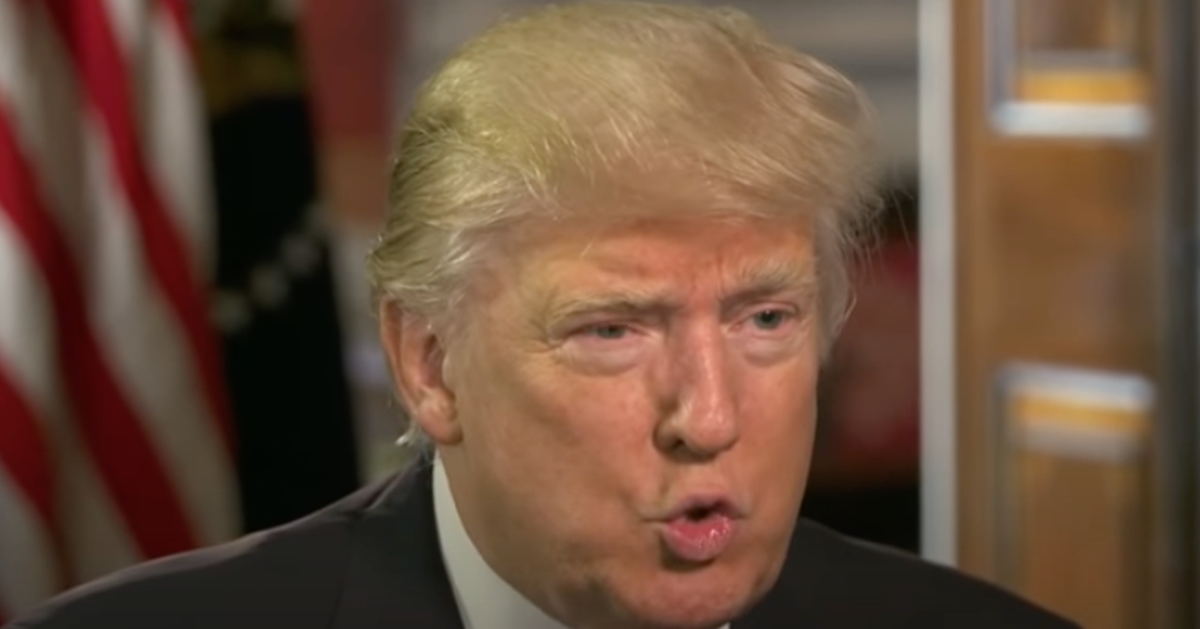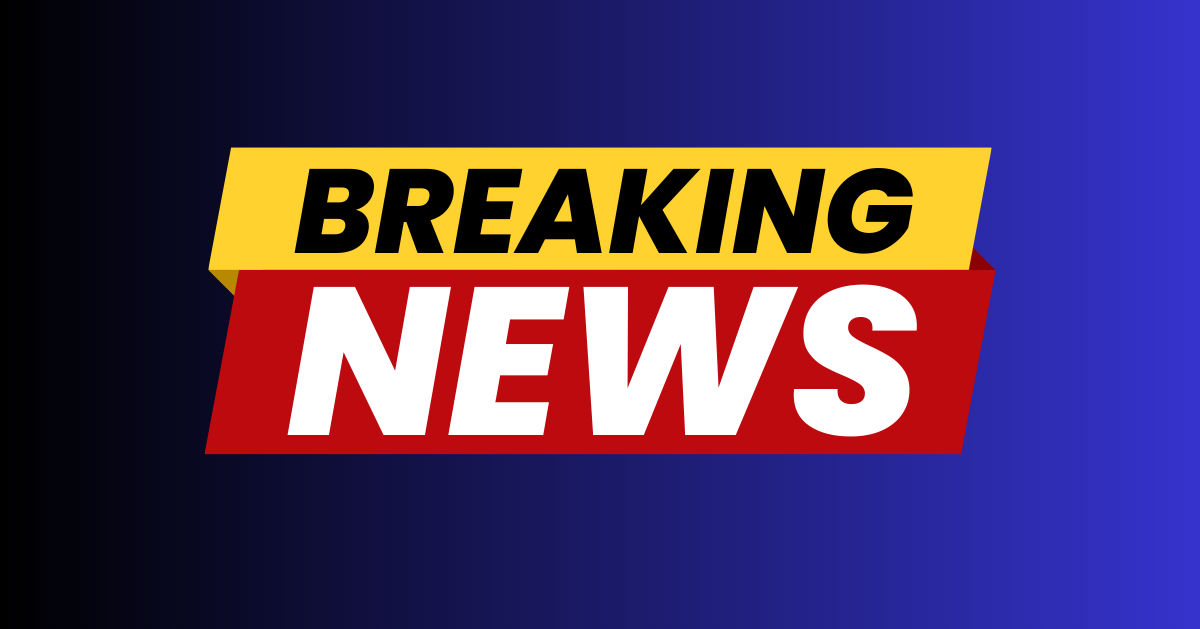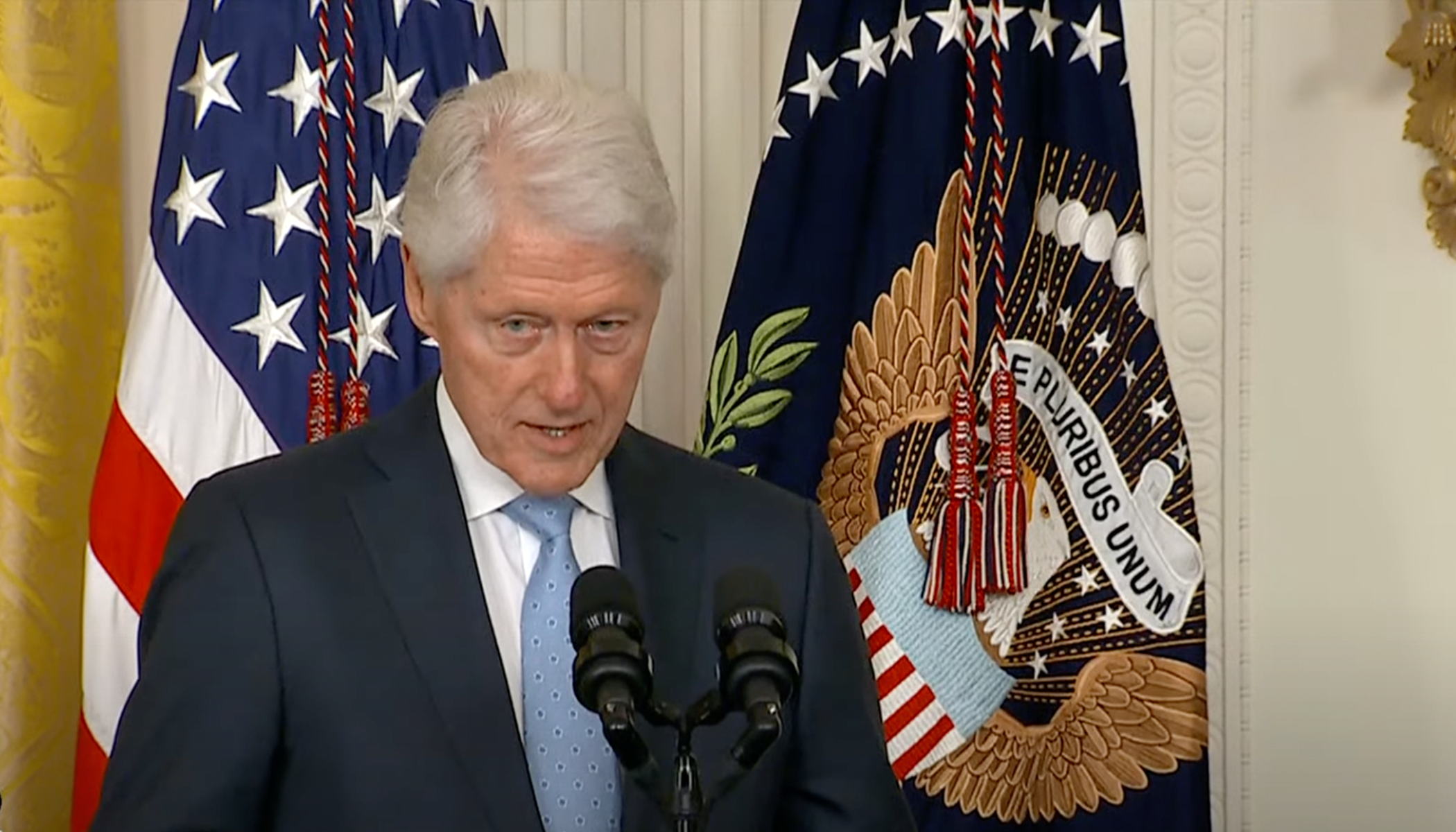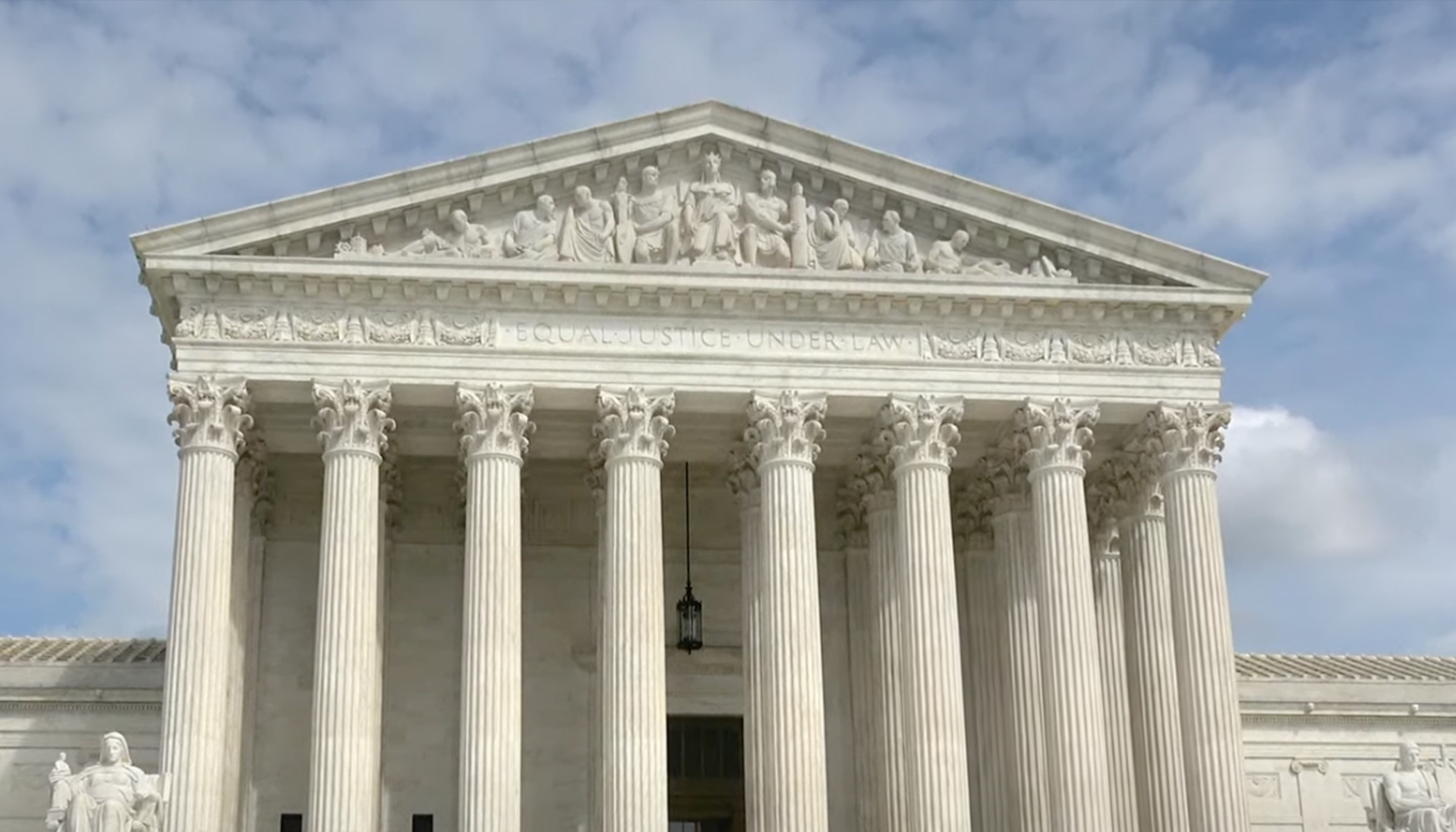Secret Service's Fatal Mistakes Allowed Trump Shooting, Senate Report Reveals
A damning Senate report has revealed critical security lapses by the U.S. Secret Service that allowed an assassination attempt on former President Donald Trump during a July 13 rally in Butler, Pennsylvania, when a would-be assassin, Thomas Matthew Crooks, fired eight rounds at Trump, hitting him in the ear and causing chaos at the event.
The report highlights multiple failures in communication, planning, and resource management, ultimately leading to the tragic rally incident in which one person was killed, and two others were critically injured, as the Daily Mail reports.
Crooks positioned himself on top of a building approximately 150 yards from the rally stage, armed with an AR-15 rifle.
He fired at Trump, striking him in the right ear, but the attack caused even more casualties among the crowd. One attendee was killed, and two others were critically injured before Secret Service counter-snipers neutralized Crooks.
Secret Service Drones Malfunctioned During Attack
One of the key failures highlighted in the investigation was the malfunctioning of Secret Service drones, which were supposed to monitor the area and detect any threats.
The drones had been down for hours prior to the shooting, and there were no backup systems in place to fill the gap in security. This left the area where the shooter positioned himself unsecured, despite prior warnings from local law enforcement.
According to the Senate report, the agent in charge of the drone operations had only three months of experience and was forced to call tech support when issues with the equipment arose. These technical difficulties left the Secret Service without aerial surveillance, a critical asset in spotting threats during large events like Trump’s rally.
Communication Breakdown Proved Deadly
A local police officer had reported seeing an armed individual on the roof just 22 seconds before Crooks began shooting, but this critical piece of information was not communicated to key personnel in time. The chaotic communications environment surrounding the Secret Service’s response to the event contributed to the breakdown.
"The consequences of those failures were dire," said Michigan Sen. Gary Peters, who chaired the Senate Homeland Security panel that conducted the investigation. Peters emphasized that miscommunications among security officials resembled a "multi-step game of telephone," as different teams operated on separate radio channels, missing crucial warnings and instructions.
Officers Onsite Failed to Notify Trump
Further compounding the confusion, a Secret Service counter-sniper observed officers rushing toward the building where Crooks was positioned but failed to inform anyone to remove Trump from the stage. This oversight left Trump exposed for several crucial moments before the sniper was ultimately shot by law enforcement.
Kentucky Sen. Rand Paul, the top Republican on the Senate panel, was particularly critical of the Secret Service’s overall handling of the event. "This was the result of multiple human failures of the Secret Service," he said during a Senate hearing discussing the report’s findings.
Warnings Ignored Days Before the Attack
The Senate report also uncovered that two days before the rally, local law enforcement had raised concerns about the need to secure the building from which Crooks later opened fire. Despite these warnings, the Secret Service failed to ensure the building was protected.
There was a clear breakdown in determining which agency was responsible for securing the area, as Secret Service agents provided conflicting reports on who was supposed to handle it. Investigators cited this confusion as another critical lapse that contributed to the attack.
Lawmakers Call for Reforms or Funding
The bipartisan Senate report concluded that the security failures on July 13 were "foreseeable, preventable, and directly related to the events of that day."
Acting Secret Service Director Ronald Rowe Jr. admitted to the failures, stating, "It's important that we hold ourselves to account for the failures of July 13th and that we use the lessons learned to make sure that we do not have another failure like this again."
Lawmakers are now debating whether the Secret Service requires additional funding or structural management reforms to prevent future incidents. A proposed spending bill includes $231 million in additional funding for the Secret Service. However, some Republicans, such as Sen. Ron Johnson of Wisconsin, argue that management reforms are more urgent than budget increases. "This is a management problem plain and simple," Johnson said.
Additional Investigations Underway
The assassination attempt in Butler is not the only recent security breach involving Donald Trump. A House task force is currently investigating a second attempt earlier this month, where a man was found hiding with a rifle at Trump’s golf club in Florida.
As the investigation continues, lawmakers and security experts alike are calling for serious changes to how the Secret Service handles the protection of high-profile figures like Trump. Whether through funding or internal reforms, the agency is under pressure to address the vulnerabilities that led to this shocking attack.





